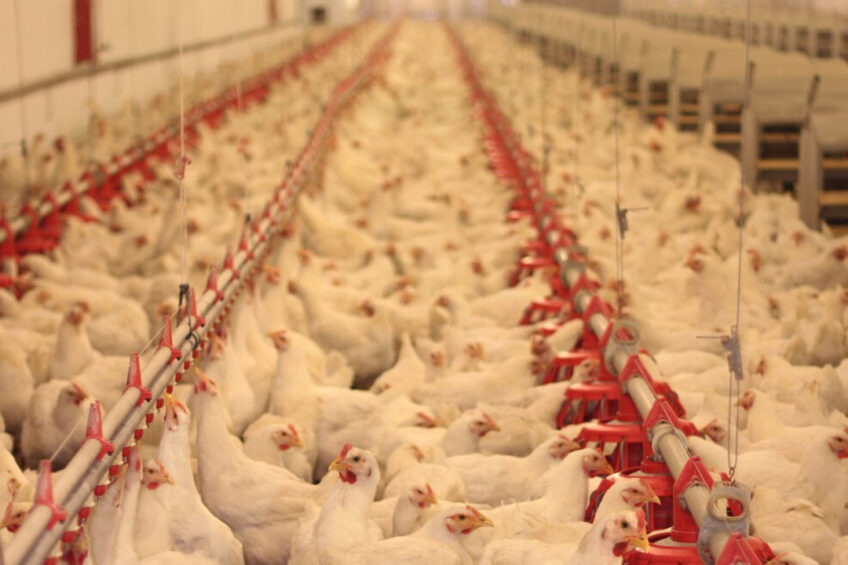Billions invested in South Africa’s poultry sector

The South African Poultry Association says that although the country’s poultry sector has faced numerous challenges over the last year, ranging from chicken dumping and illegal imports to avian influenza, civil unrest and the Covid-19 lockdowns, the Association has made some decisive improvements to the sector.
“Although it was an arduous process, the material investments in expanding processing capacity and the construction and proliferation of poultry houses are yielding the desired results,” said Aziz Sulliman, chairperson of the South African Poultry Association.
“We ended the year on a high note with the unexpected provisional dumping duties announced against Brazil, Ireland, Spain and Denmark. This is a watershed moment for the broiler industry as bone-in import volumes are expected to drop, and the industry may take up the market share in line with what was envisaged in the masterplan,” he added.
Over a billion invested in poultry production
In line with the vision set out in the masterplan, the poultry industry has invested R1.1 billion (€64 million) toward expanded poultry production, mainly for emerging black contract farmers, with an additional R400 million (€23 million) to be invested throughout 2022.
“Contract growing has been a very useful form of transformation in the poultry industry, yet it is dramatically under-reported. Due to the guaranteed market access and the co-management model that followed, very few contract growing operations fail,” noted Sulliman. “Exports are high on the priority list for 2022; we want to be export-ready by the end of the year.’
Job creation
In 2019, the poultry industry in South Africa employed an estimated 50,000 people, directly, and due to investments in the sector, the number of individuals directly employed by the industry will increase to over 52,030 by the end of 2022, according to Sulliman. He noted that this is an increase of 1,365 jobs at a time when the industry is in decline in terms of slaughter capacity.
Slaughter capacity increase
Prior to 2019, the slaughter and capacity in the poultry industry was 19 million birds per week. Now, in line with the R1.1 billion investment (€64 million), slaughter capacity has increased to 22.5 million birds per week.
In addition to creating nearly 10% increased capacity for black farmers, the South African Poultry Association reports that the industry has also provided R343 million in finance to cover cashflow for black farmers. This, says the Association, will increase to a total of R466 million (€27 million) this year. Since 2019, R570 million (€33 million) has been spent on building poultry houses, and this will increase to R750 million (€43.7 million) by the end of this year.
The effects of avian influenza
The outbreak of avian influenza in the country resulted in 14% of all breeder birds being culled. With the reduction in total slaughter numbers, the industry is not using all of its newly created capacity.
Significant – and growing – contribution to South Africa’s GDP
The poultry sector is South Africa’s second-largest in the agricultural profile and in 2019, the broiler industry reported turnover of approximately R50 billion (€2.9 billion).
“Due to the increase in investment, as per the masterplan, it is estimated that economic growth increased by approximately R2 billion (€116.6 million) per annum in the poultry industry, exclusively. It is further estimated that the economic value the industry contributes to the GDP will increase from R50 billion (€2.9 billion) in 2019 to approximately R56.5 billion (€3.3 billion) by the end of 2022.”
Attention on training
The South African Poultry Association has prioritised training within the sector, focussing on biosecurity, disease identification, management training, as well as financial training. In 2021, biosecurity training reached 1,000 developing farmers to prepare them to better manage the biosecurity risk, specifically of avian influenza.












